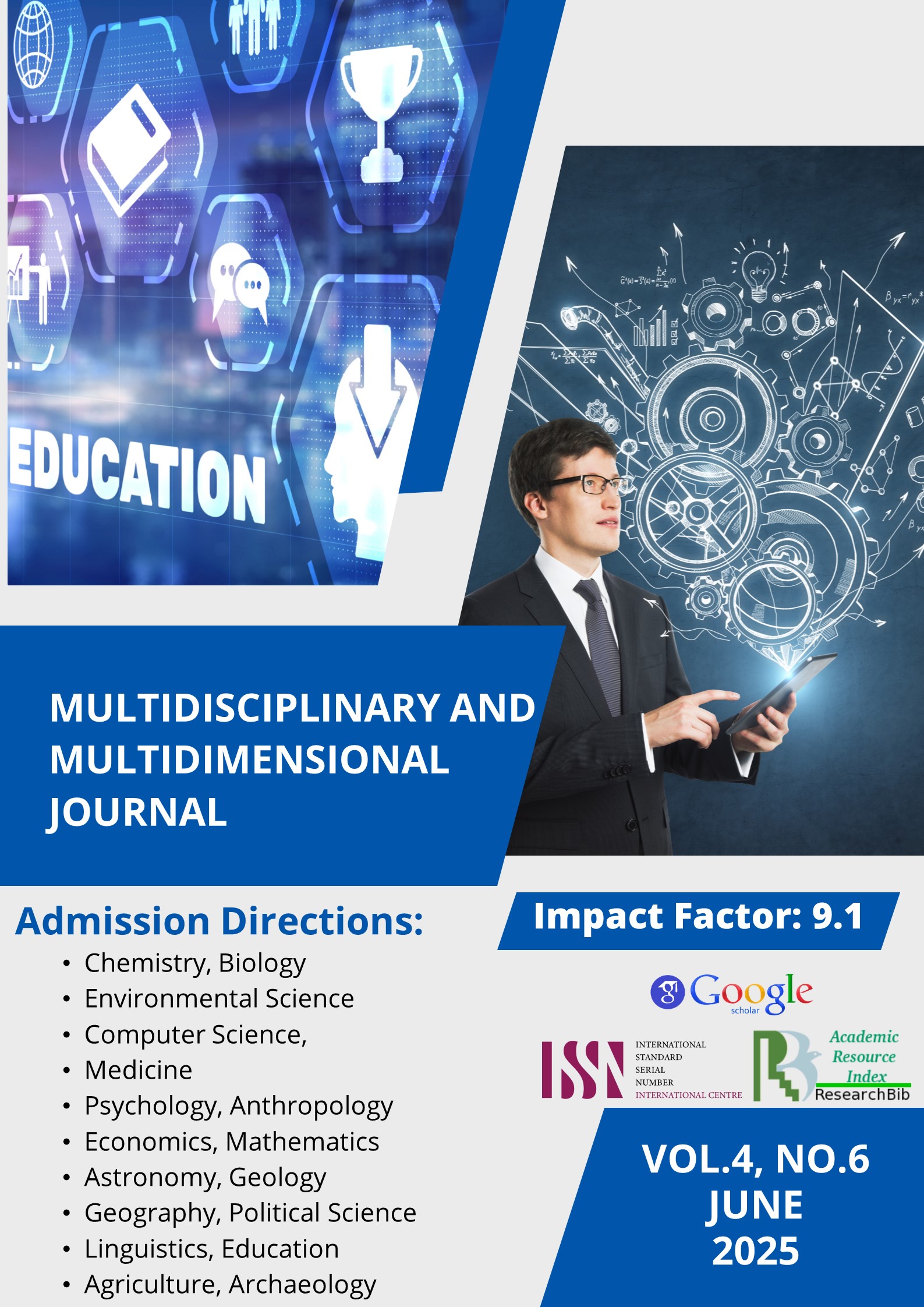CHALLENGES IN RENDERING CHARACTERIZATION AND EMOTIONAL TONE IN LITERARY TRANSLATION: A CASE STUDY OF A.P. CHEKHOV’S SHORT STORY
Abstract
This paper explores key challenges in literary translation, with a focus on the problems related to phraseological equivalence and errors in conveying character imagery. The analysis is based on A.P. Chekhov’s short story “Zloy malchik” (The Naughty Boy), examining both the 1957 edition and the translation by A. Hayitqulova. The study assesses the degree of fidelity in rendering the source text's semantic, emotional, and cultural content in the target language.
References
Chekhov, A.P. (1957). Selected Works (in Russian). Moscow: Goslitizdat.
Hayitqulova, A. (n.d.). Translation of 'Zloy malchik'. Termiz Oqshomi newspaper.
Komissarov, V.N. (1990). Theory of Translation. Moscow: Vysshayashkola.
G‘anieva, H. (2008). Theory and Practice of Translation. Tashkent: National Encyclopedia of Uzbekistan.
Sharipov, A. (2013). Fundamentals of Translation Studies. Tashkent: Yozuvchi Publishing House.
Nida, E., & Taber, C. (1969). The Theory and Practice of Translation. Leiden: Brill Academic.
Baker, M. (1992). In Other Words: A Coursebook on Translation. London: Routledge.
G‘ulom, G‘. (1959). Shum bola. Tashkent: State Publishing House of the Uzbek SSR.
Karimov, M. (2020). 'Cultural Differences and Semantic Equivalence in Literary Translation.' Philology Issues Journal, No. 2, pp. 45–52.
Abdullaeva, D. (2021). 'Equivalence Challenges in Translation: A Case of Phraseologisms.' Language and Literature Education Journal, No. 3, pp. 60–66.











